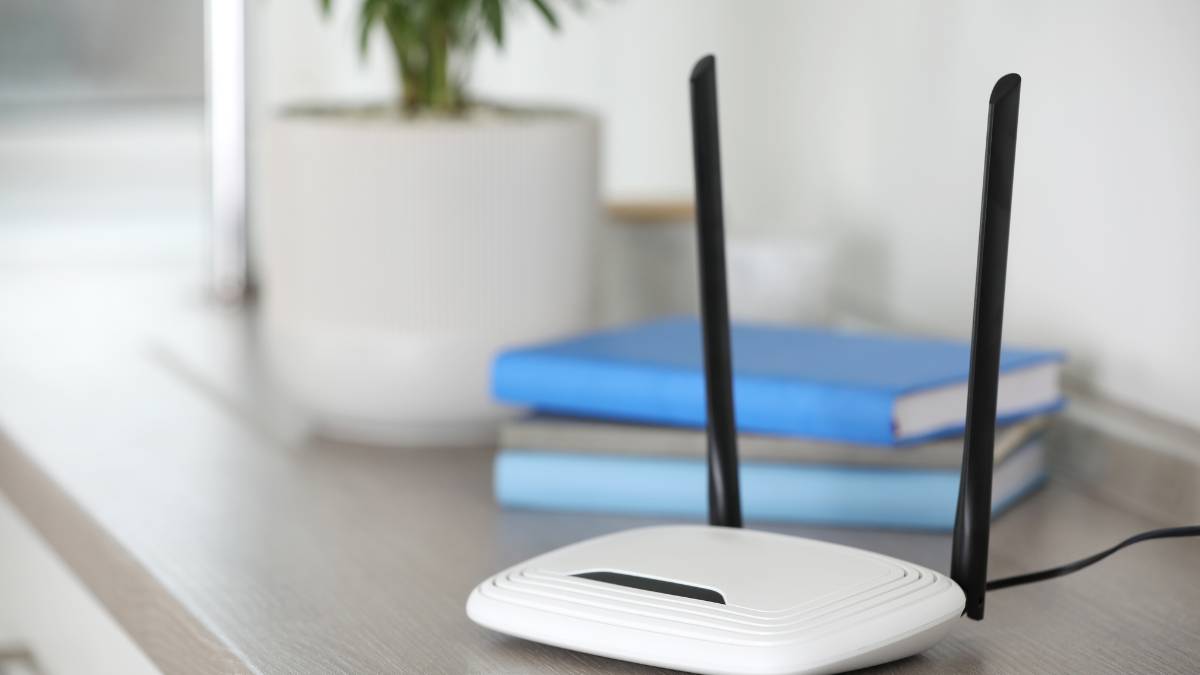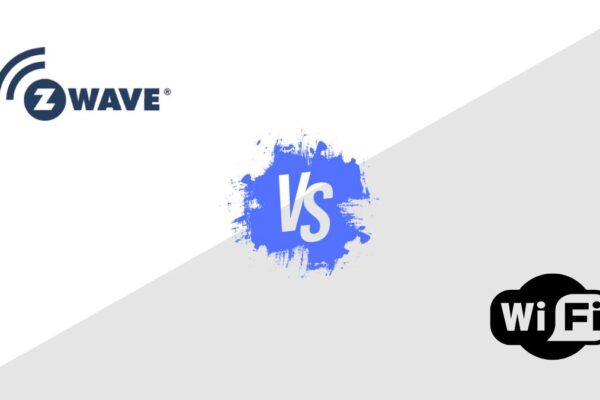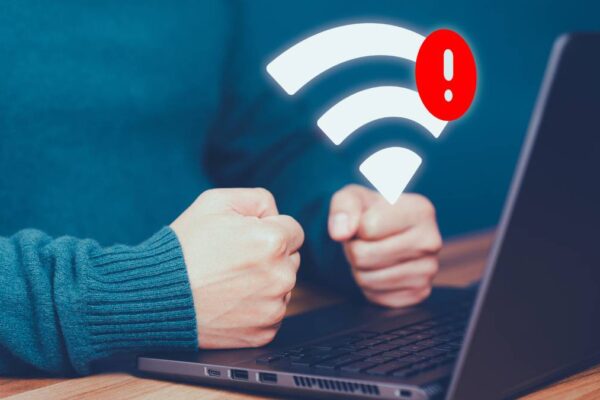Smart homes are a testament to the convenience and efficiency of modern technology in our fast-paced world. However, in the midst of the fascination with interconnected devices, there is a recurring challenge: Wi-Fi interference. I cannot stress enough how important it is to grasp the complexities of Wi-Fi interference in order to guarantee seamless connectivity and top-notch performance in your smart home. Join me on a journey as we explore the common sources of Wi-Fi interference in smart homes and discover how to overcome these obstacles, taking your smart home experience to the next level.
Key takeaways
- Wi-Fi Interference Sources:
- Household appliances like microwaves, cordless phones, and baby monitors emit electromagnetic waves.
- Structural elements such as thick walls and metal beams can obstruct Wi-Fi signals.
- Wireless devices, including cellphones and laptops, contribute to signal congestion.
- External Factors:
- Outside interference from nearby networks, electrical interference, and environmental conditions affects Wi-Fi signals.
- Reflection and absorption by surfaces like mirrors impact signal strength.
- Neighbor Networks:
- Living in densely populated areas poses challenges with neighboring networks interfering with signal strength.
- Interference Mitigation:
- Optimal router placement minimizes interference from household appliances and structural barriers.
- Choosing devices with lower electromagnetic emissions helps reduce signal disruption.
- Signal-boosting devices like Wi-Fi extenders and advanced router settings enhance network performance.
- Common Blockers:
- Thick walls, metal objects (e.g., refrigerators), and water bodies (e.g., aquariums) significantly block Wi-Fi signals.
- Proactive Measures:
- Strategic router placement and network optimization techniques are crucial for overcoming Wi-Fi interference challenges in smart homes.

Common sources of wi-fi interference in smart homes
Household appliances
Seemingly innocuous household appliances have the power to disrupt your Wi-Fi signal with stealthy precision. It’s quite frustrating when Wi-Fi signals get degraded and internet speeds slow down due to the electromagnetic waves emitted by devices like microwaves, cordless phones, and baby monitors. It’s crucial to consider the placement of these appliances and how close they are to your Wi-Fi router in order to minimize interference and maximize network performance.
Structural elements
Your home’s structure can either help or hinder Wi-Fi signals. I must admit, those thick walls, concrete floors, and metal beams really do a great job at blocking the Wi-Fi waves from flowing smoothly. In addition, the placement of your router in relation to these structural elements can worsen interference, leading to uneven coverage and areas without signal within your smart home sanctuary.
Wireless devices
With the rise of wireless devices such as cellphones, tablets, and laptops we now have a wide range of sources that can cause Wi-Fi interference. With so many smart gadgets competing for bandwidth, your Wi-Fi network can become congested and your signal strength may suffer. By carefully managing the usage of these devices and efficiently distributing bandwidth, you can reduce congestion and enhance the overall performance of your smart home ecosystem.
Outside interference
Outside your humble abode, there are various external factors that can disrupt the peaceful harmony of your Wi-Fi connection. Wi-Fi signals can be affected by various factors, including nearby networks, electrical interference, and environmental conditions like bad weather. These can lead to frustrating connectivity problems and intermittent drops in your signal. By utilizing advanced router settings like channel optimization and frequency band selection, you can effectively reduce the impact of external interference and strengthen the reliability of your Wi-Fi network.
Signal reflection and absorption
When it comes to Wi-Fi signals, they are not immune to the laws of physics. They can be affected by reflection and absorption as they move through your smart home. Reflective surfaces like mirrors, metallic objects, and even bodies of water have the ability to distort Wi-Fi signals, causing them to lose strength and alter their path. I can help you optimize the placement of your router and strategically position signal-boosting devices to minimize signal loss caused by reflection and absorption. This will ensure that your smart home domain has consistent coverage.
Other networks
Living in a densely populated urban area comes with its fair share of challenges, especially when it comes to Wi-Fi networks. The presence of neighboring networks can seriously impact signal strength and overall network performance. When multiple networks are in close proximity, their signals can interfere with each other, causing a decrease in signal strength and slower communication for your smart home devices. By utilizing advanced router features like beamforming and MU-MIMO technology, you can minimize the effects of nearby networks and enhance your Wi-Fi performance in busy environments.
To successfully navigate the complex world of Wi-Fi interference, it is essential to have a comprehensive understanding of the various sources that can disrupt your smart home network. Identifying and addressing these sources proactively will help optimize your Wi-Fi network for seamless connectivity and take your smart home experience to new heights. Let’s delve into some commonly asked questions to gain a better understanding of this widespread problem.
Related Article: How to Improve Wi-Fi Signal Strength
Wi-fi interference FAQ
What are the main causes of Wi-Fi interference?
Wi-Fi interference can be caused by a variety of factors. Household appliances, like those that emit electromagnetic waves, can disrupt the signal. Structural elements such as walls and floors can also obstruct the Wi-Fi signal. Additionally, nearby wireless devices can congest the bandwidth and cause interference. External factors, like neighboring networks, can also contribute to Wi-Fi interference. Lastly, signal reflection and absorption can further impact the quality of the Wi-Fi connection.
What household devices can interfere with Wi-Fi signals?
Some devices commonly found in households can disrupt Wi-Fi signals. These include microwave ovens, cordless phones, baby monitors, Bluetooth speakers, and specific types of LED light bulbs.
How do I stop Wi-Fi interference?
- It’s important to place your router in a location that is free from interference caused by household appliances and structural barriers.
- I recommend considering devices that have lower electromagnetic emissions.
- Consider using signal-boosting devices such as Wi-Fi extenders or mesh networks.
- I recommend optimizing your router settings, including channel selection and transmission power.
What blocks Wi-Fi signal the most?
Some of the main things that can block Wi-Fi signals include thick walls made of concrete or brick, metal objects like refrigerators or filing cabinets, and water bodies such as aquariums or fish tanks. These elements have a noticeable impact on Wi-Fi waves, causing a decrease in signal strength and coverage.
Final Words
When it comes to smart home technology, dealing with Wi-Fi interference can be quite challenging. It can disrupt connectivity and hinder performance, making it a major hurdle to overcome. When you arm yourself with knowledge of the common sources of Wi-Fi interference in smart homes and take proactive measures to mitigate it, you can fully unlock the potential of your smart home ecosystem. Strategic router placement and advanced network optimization techniques are essential for achieving Wi-Fi nirvana. While the path may have its challenges, the journey is definitely worth the rewards.




